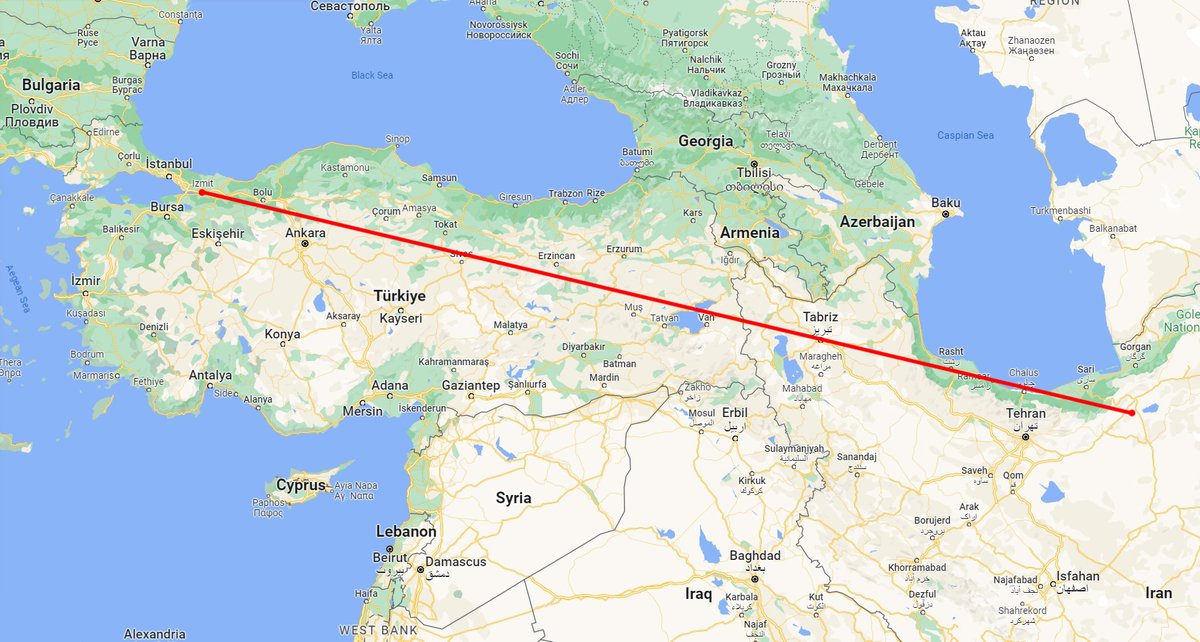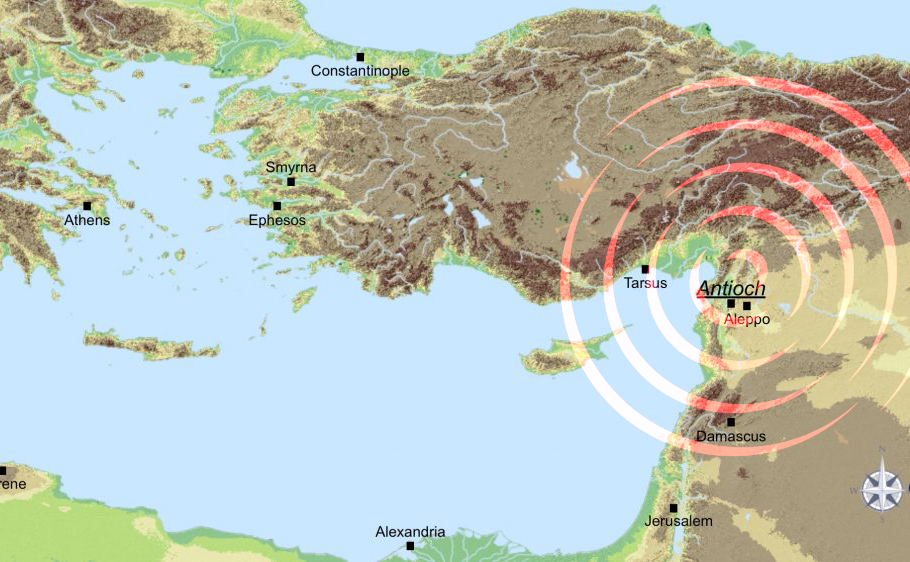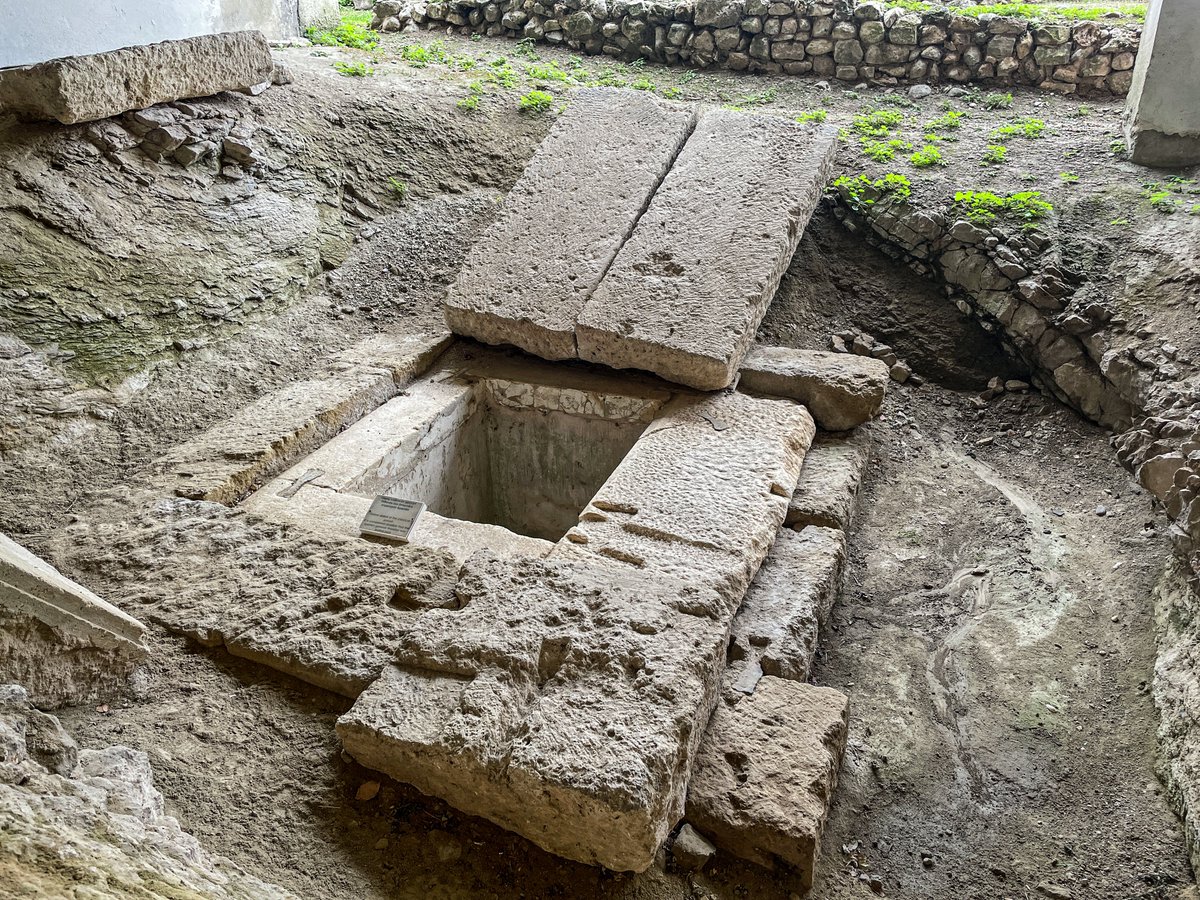Nicomedia, 111 AD:
He bounded through the winding alleys and crowded streets of the city, his pursuers close behind. As a runaway slave, Callidromus knew that capture would mean chains, torture - and likely worse. If he could only make it to the statue of the emperor Trajan...
He bounded through the winding alleys and crowded streets of the city, his pursuers close behind. As a runaway slave, Callidromus knew that capture would mean chains, torture - and likely worse. If he could only make it to the statue of the emperor Trajan...

2) Reaching the refuge of the imperial statue narrowly ahead of his hunters, Callidromus gripped the emperor's bronze foot and called out breathlessly to the crowds all around; to witness that here he had the right of asylum - the right to demand his remarkable story be heard... 

3) A Roman soldier named Appuleius, garrisoned in Nicomedia, was soon drawn to the disturbance at the imperial statue. Appuleius heard the pleas of the runaway, and agreed to escort Callidromus to the city magistrates to have his case fully considered... 

4) Callidromus told the magistrates his extraordinary tale: of being seized by the foe, of his slavery and redemption, of hairbreadth escapes, and journeys across vast deserts and mountains. Stunned by the story, the magistrates decided it must be heard by the imperial governor.. 

5) Callidromus was soon brought before the provincial governor of Bithynia and Pontus, Gaius Plinius Secundus - or as he is more commonly known, Pliny the Younger. Once more he recounted his astonishing narrative. The runaway claimed that years before he had been the slave of... 

6) ..the Roman senator, consul and general, Manius Laberius Maximus. In 101, Callidromus had gone with his master to the frontlines of Trajan's Dacian War. At some point during the conflict, Callidromus was taken prisoner by the Sarmatian general Susagus and handed over to.. 

7) ..the Dacian king, Decebalus. As part of his efforts to forge alliances with other enemies of Rome, Decebalus gave his Roman slave Callidromus as a diplomatic gift to the Parthian king, Pacorus II (reigned 78-110 AD). Callidromus was therefore sent 1,800 miles from.. 

8) ..the court of Decebalus at Sarmizegetusa (in modern Romania), all the way to the palace of Pacorus at Hecatompylos (Qumis, Iran). There Callidromus served the Persian king for many years, observing the inner workings of Rome's great nemesis in the East, until one day... 

9) ..he made good his escape. Concealing his identity, Callidromus set out on an epic return journey west through hostile territory. After traversing over 1,000 miles across the Persian empire and the entirety of Anatolia, Callidromus eventually came to the city of Nicomedia.. 

10) In Nicomedia, Callidromus fell into the service of two bakers, Maximus and Dionysius - though it is not clear whether he was their slave or whether he was employed by them having concealed his slave status. Similarly, we are not told why it was that Callidromus eventually... 

11) ..fled from them and claimed the right of asylum at the statue of Trajan. It may be that the bakers were particularly cruel masters, prompting Callidromus to escape and finally tell his story - or perhaps the two bakers discovered that their employee was of slave status. 

12) Incidentally, having twice escaped his masters, the irony of the name Callidromus might not have gone unnoticed: deriving from 'calli' meaning 'fine' or 'beautiful', and 'dromus' meaning 'runner' (like the 'dromedary' camel). Callidromus was indeed a 'fine runner'.. 

13) Pliny asked the runaway if he had any evidence that might prove his fantastical story. Callidromus claimed that he had owned a valuable ring bearing the portrait of Pacorus, given to those that served the Parthian king - but it had recently been stolen from him in Nicomedia.. 

14) Pliny sent men out into the city to try and track down the ring. In the meantime, Callidromus gave the governor a rare mineral that he carried, which could only have come from a Parthian mine. Contemplating the exotic stone in hand, Pliny made the decision to write to.. 

15) ..the emperor Trajan. In one of over sixty preserved letters to the ruler in Rome, Pliny recounted the story of Callidromus and communicated his intentions to send the runaway to the emperor in due course. For now he enclosed the Parthian stone in the letter and... 

16) ..sealed it with his own signet which took the form of a four-horse chariot. There was good reason for the account of Callidromus to be treated with such urgency: with his Dacian Wars successfully concluded, Trajan now looked to resolve the 'eastern question' of Parthia... 

17) If Callidromus had truly spent the better part of the last decade as a slave in the Parthian palace, then the intelligence he may be able to offer Trajan as he prepared an all-out offensive against the Parthian empire could be immensely valuable. 

18) Tragically, no reply from Trajan on the matter has been preserved in the letters of Pliny so we are left to imagine what happened to Callidromus. I like to think that he was sent on to Rome, welcomed by Trajan, and perhaps granted freedom in return for his years of hardship.. 

19) One thing we do know is that within two years, Trajan had formally decided to go to war with Parthia. In an unstoppable lightning offensive, Trajan overran the Parthian capital Ctesiphon in 116 and soon after, reached the distant shores of the Persian Gulf. There he watched.. 

20) ..the trade ships setting sail on the calm, azure waters, bound for the rich realm known as India. It would be the furthest east that Rome would ever venture. Reluctantly accepting the limits of the world, Trajan and his entourage soon turned about and.. 

21) ..began the long return journey to Rome. Maybe, just maybe, Callidromus was among them.
(The story of the runaway slave Callidromus is taken from the Letters of Pliny the Younger to the Emperor Trajan, Letter 74)
*End* https://t.co/PKNZNwHQawtwitter.com/i/web/status/1…

(The story of the runaway slave Callidromus is taken from the Letters of Pliny the Younger to the Emperor Trajan, Letter 74)
*End* https://t.co/PKNZNwHQawtwitter.com/i/web/status/1…

• • •
Missing some Tweet in this thread? You can try to
force a refresh

 Read on Twitter
Read on Twitter






















